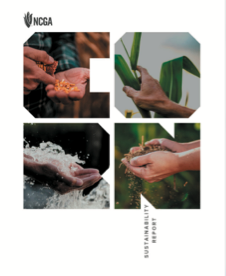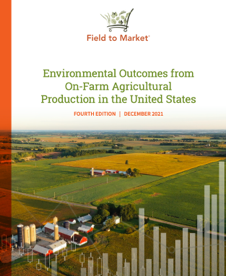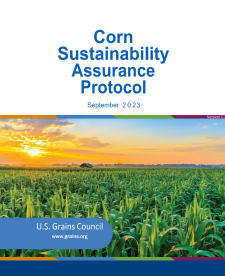Corn Sustainability
Corn’s Sustainability Story
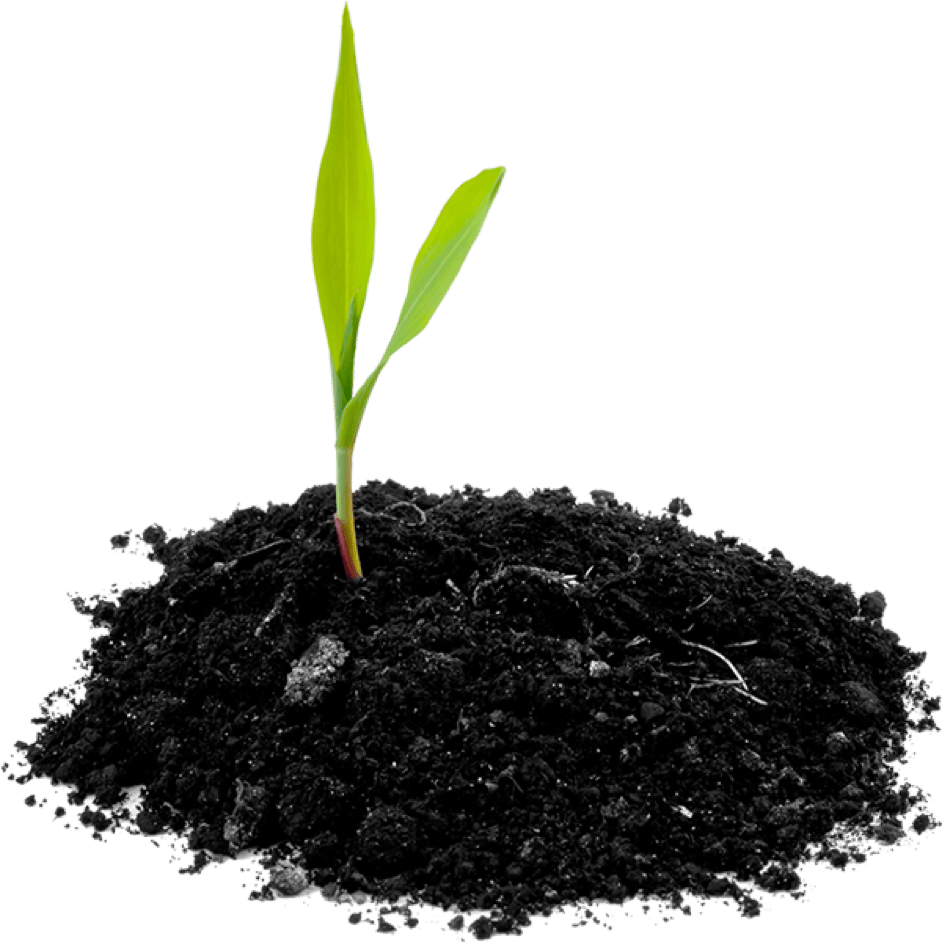
grow more
with less.
The corn industry’s evolution in sustainability is documented in the environmental, economic and social improvements over the last several decades and points back to a farmer’s willingness to embrace change. Most notably, it has meant embracing numerous advancements in technology over many decades which has granted farmers the ability to grow more with less.
Download the Corn Sustainability
RESOURCES
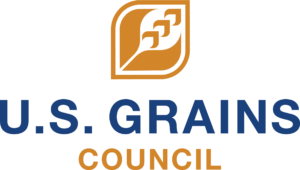

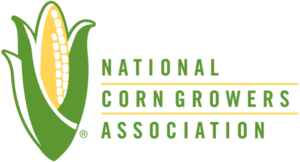
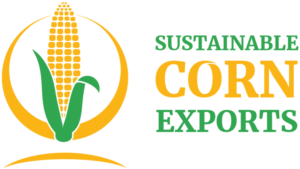
The U.S. Grains Council (USGC) developed the CORN SUSTAINABILITY ASSURANCE PROTOCOL (CSAP) in alignment with the NATIONAL CORN GROWER'S ASSOCIATION (NCGA) recently articulated corn industry's
SUSTAINABILITY COMMITMENT
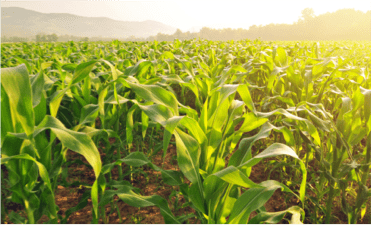
U.S. corn farmers are committed to continuous improvement in the production of corn, a versatile crop providing abundant high-quality food, feed, renewable energy, biobased products, and ecosystem services.

As stewards of the land, we understand the responsibility we have for creating a more environmentally and economically sustainable world for future generations with transparency and through continued advances and efficiencies in land, water and energy use.
The corn industry's commitment to continuous improvement is present throughout the Sustainable Corn Exports platform.

Sustainability Measurement Framework
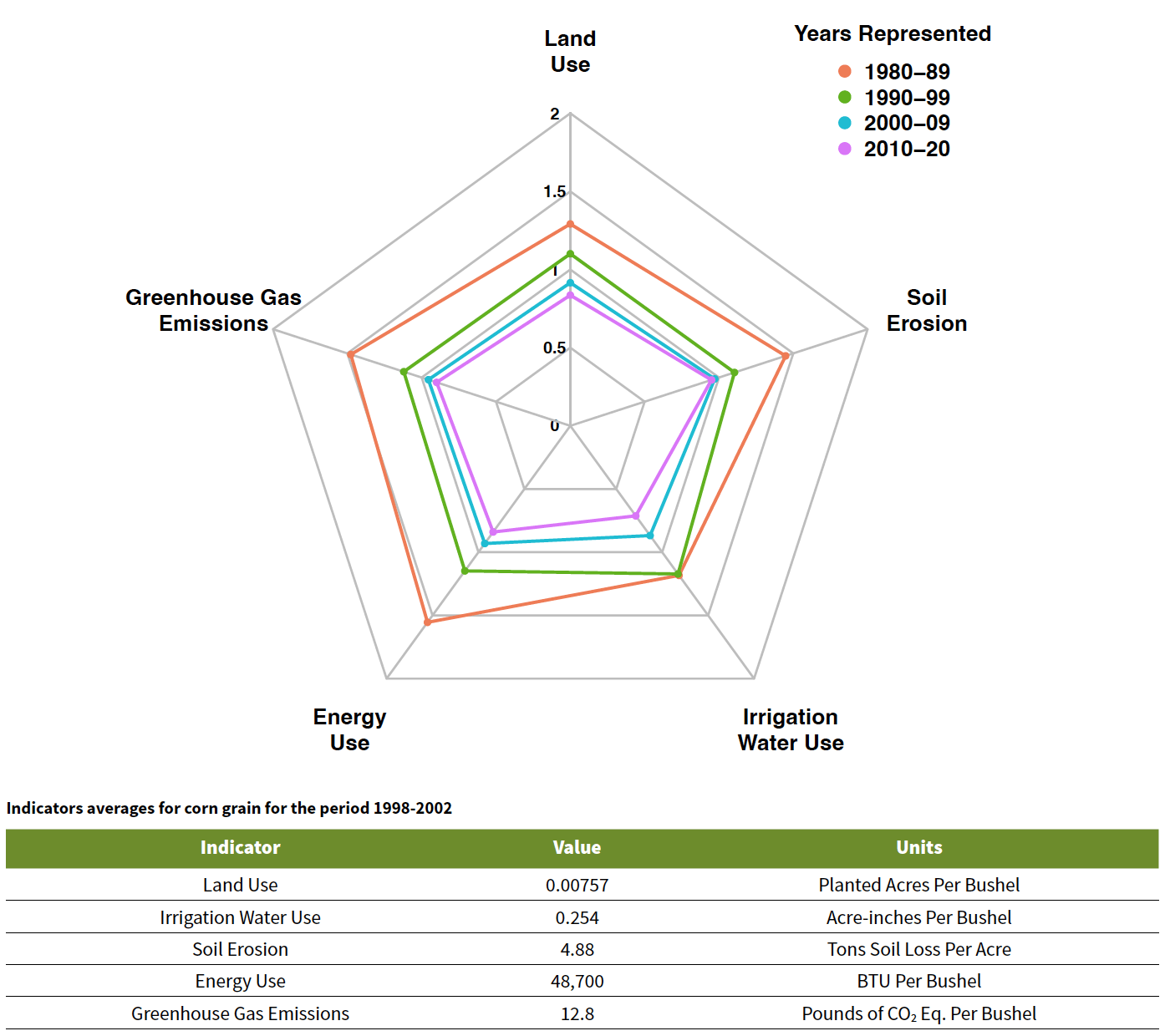
Sustainable Corn Exports and the U.S. Grains Council’s Corn Sustainability Assurance Protocol use Field to Market: The Alliance for Sustainable Agriculture™ as a key tool to assess the industry’s environmental outcomes.
In particular, Field to Market’s National Indicators Report serves to capture and communicate sustainability trends over time for U.S. agriculture and commodities participating in complex supply chains such as corn.
Field to Market analyzes sustainability metrics focused on U.S. agriculture and the science-based measurements of outcomes associated with commodity crop production, evaluating the conservation and stewardship efforts of our nation’s commodity farmers.

Three Pillars of
Sustainability
Corn producers are among farmers who most readily adopt new technologies and are constantly engaged with public and private initiatives at the local, regional and national level, to advance knowledge, address concerns and improve production practices.
Sustainability Goals
Through 2030
Reducing land use impact by
12%
Reducing soil erosion by
13%
Increasing irrigation water use efficiency by
15%
Increasing energy use efficiency by
13%
Reducing GHG emissions by
13%
Sustainability Regulation Resources
Air, land use, soil and water
General
- Code of Federal Regulations (CFR, Title 7, Agriculture)
- Comprehensive Environmental Response, Compensation, and Liability Act (CERCLA)
- Endangered Species Act
- Federal Seed Act
- Insecticide, Fungicide, and Rodenticide Act
- Lacey Act
- National Environmental Policy Act (NEPA)
- National Pollutant Discharge Elimination System (NPDES)
- Plant Protection Act
- Resource Conservation and Recovery Act (RCRA)
